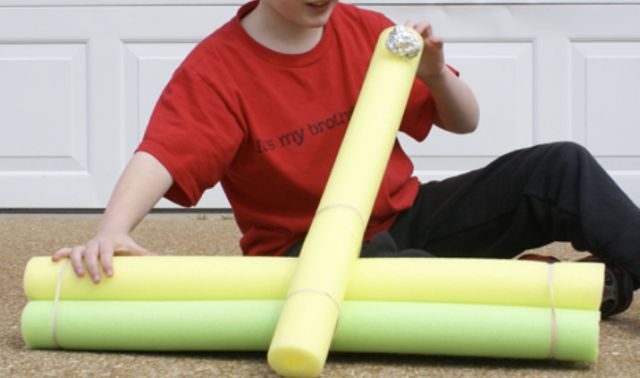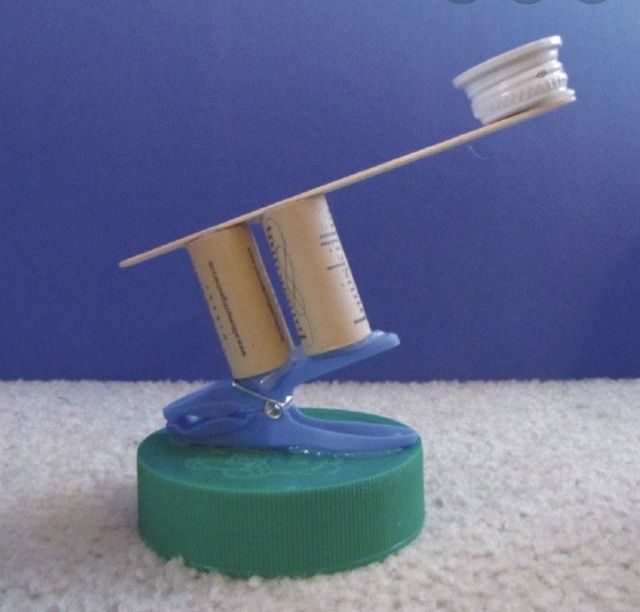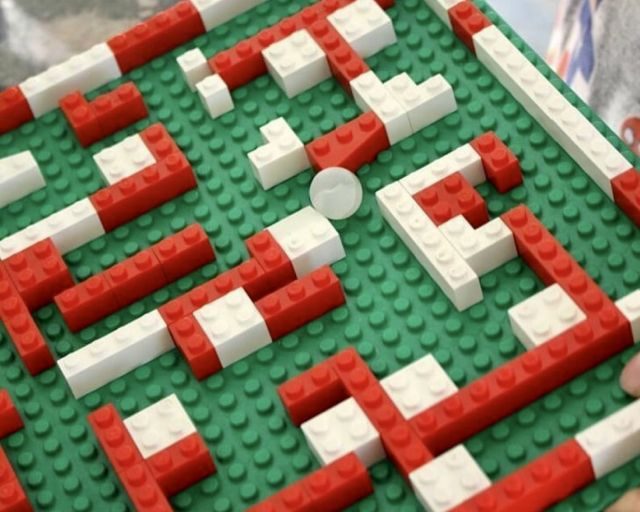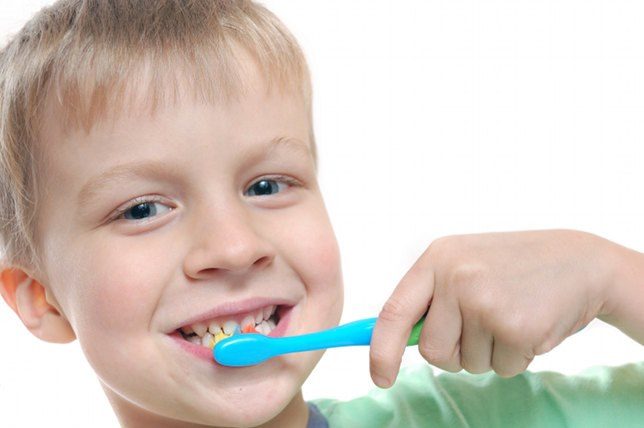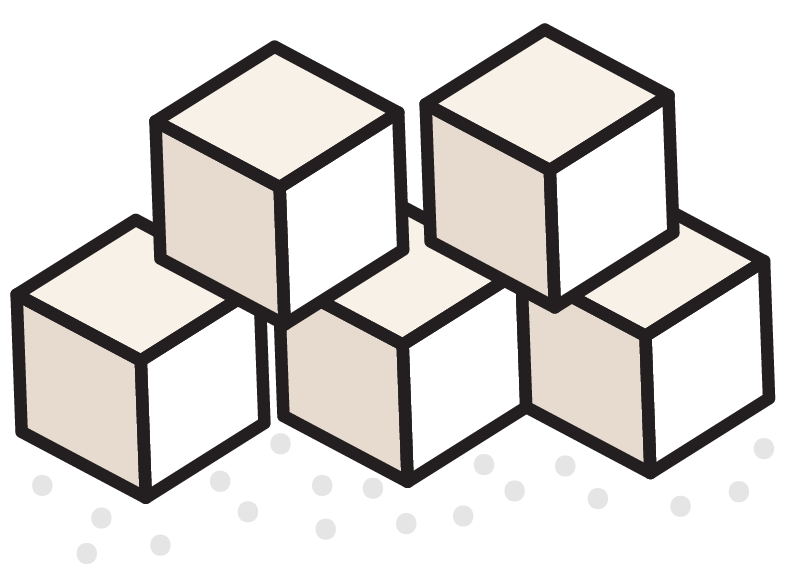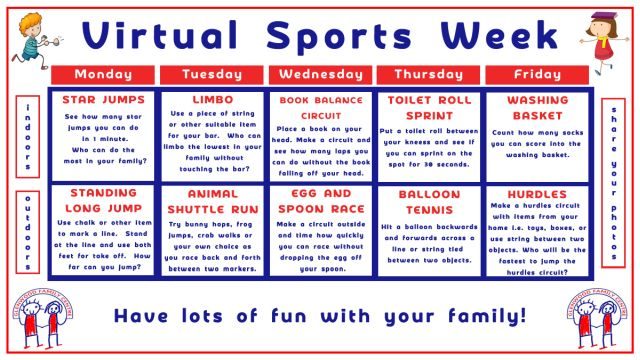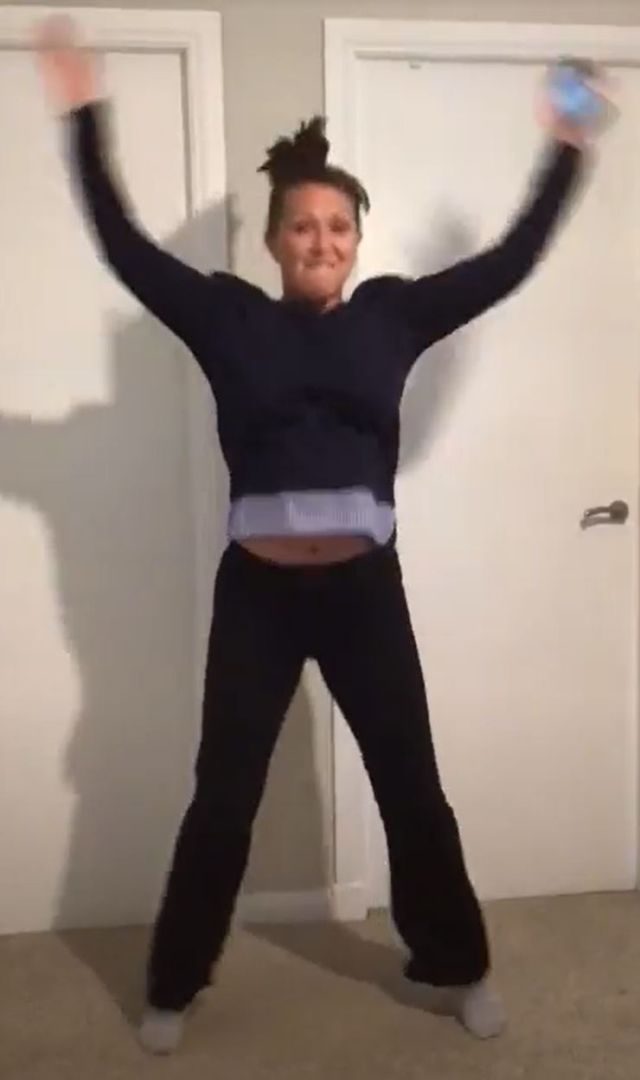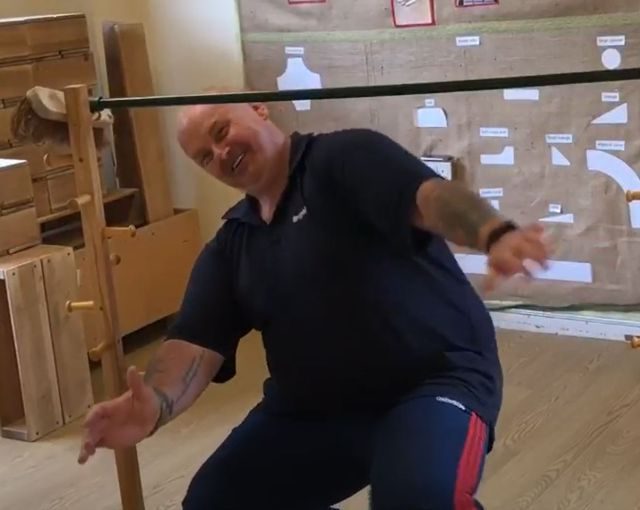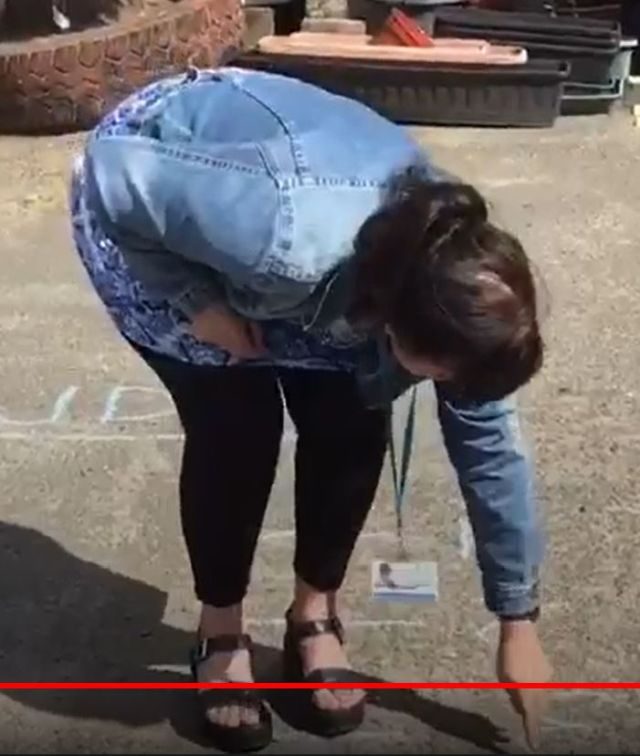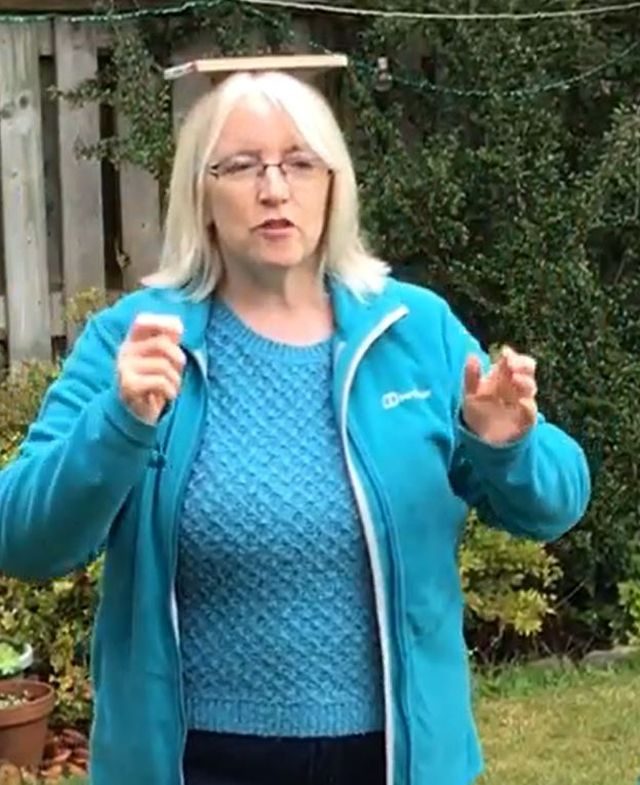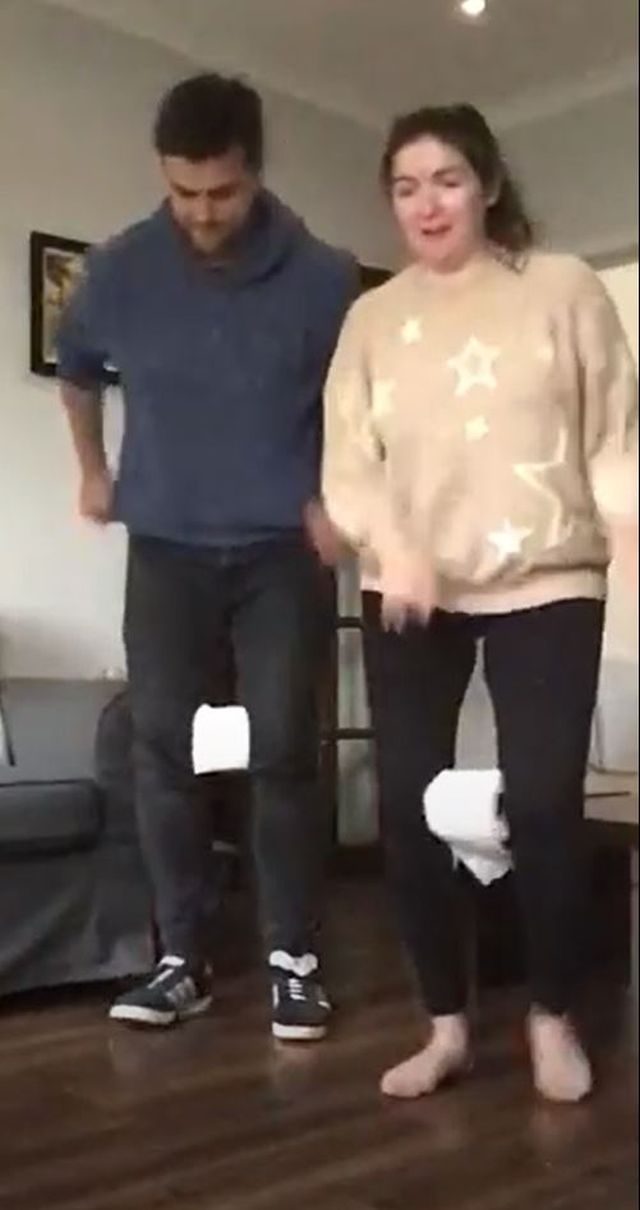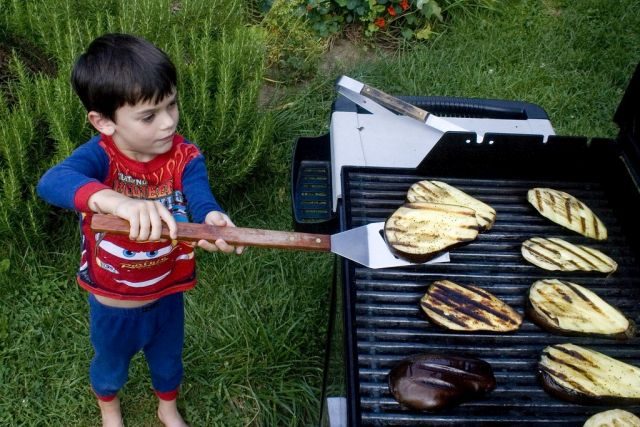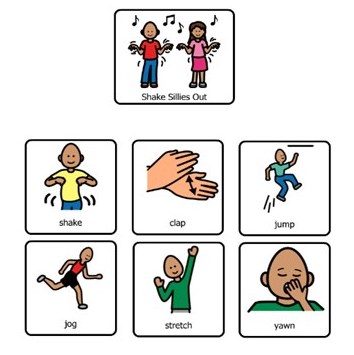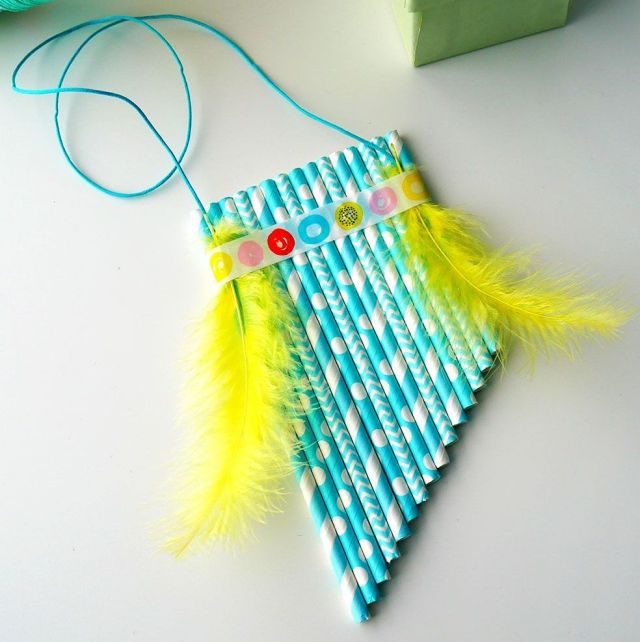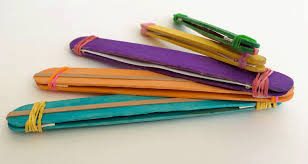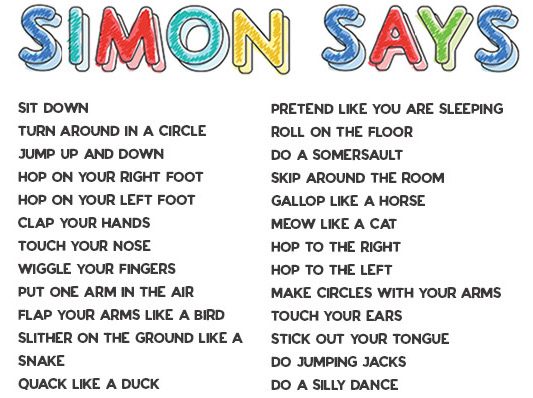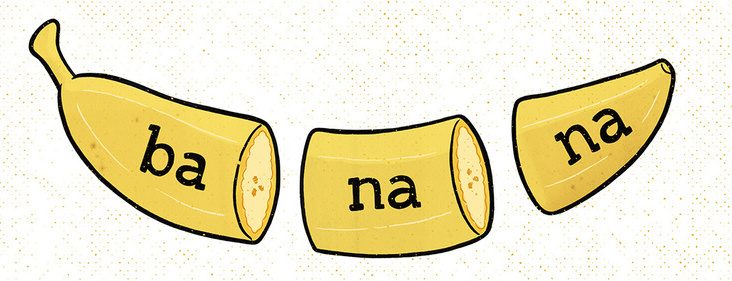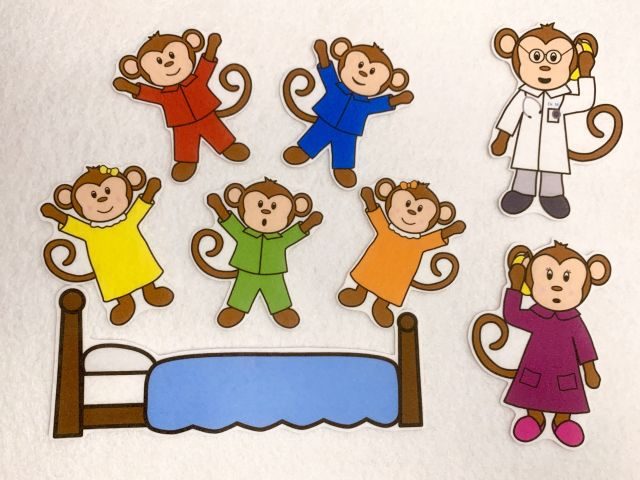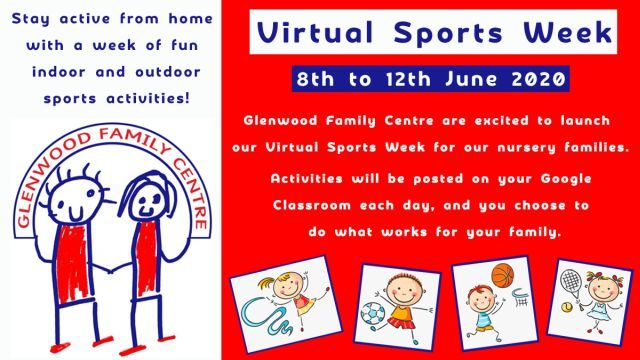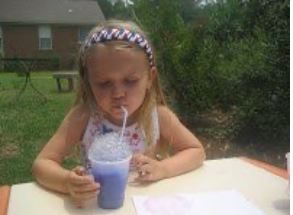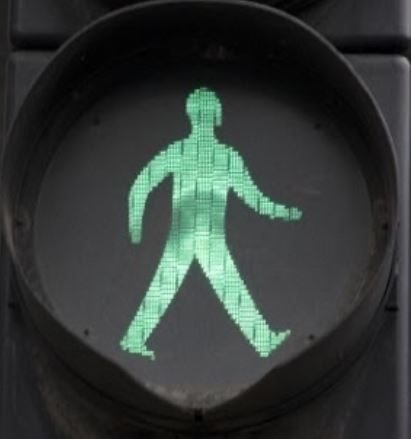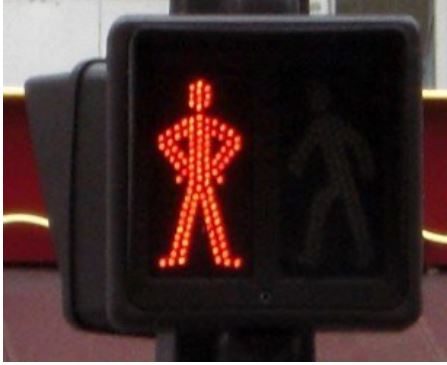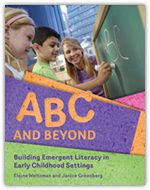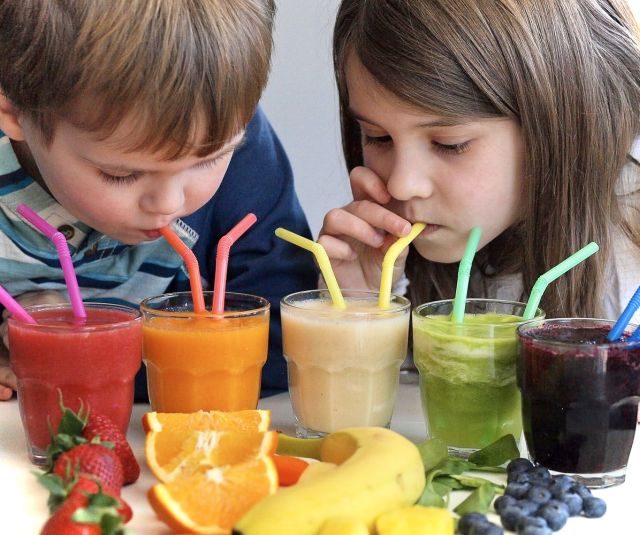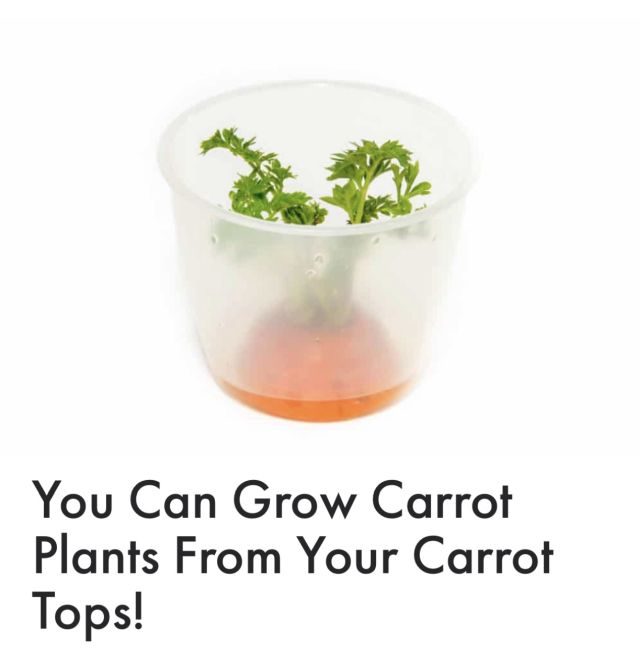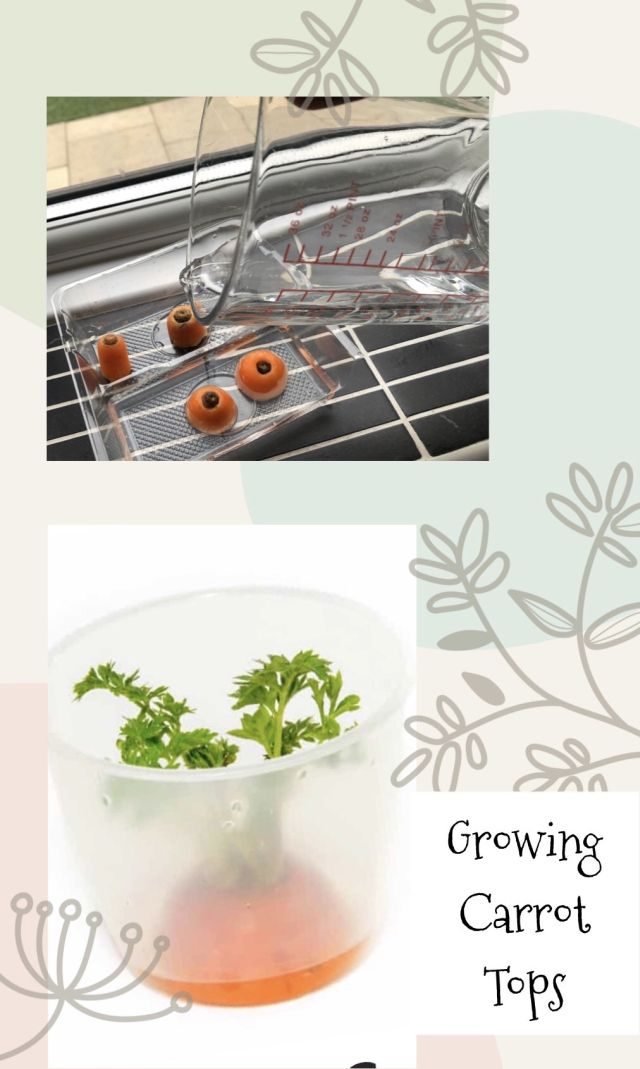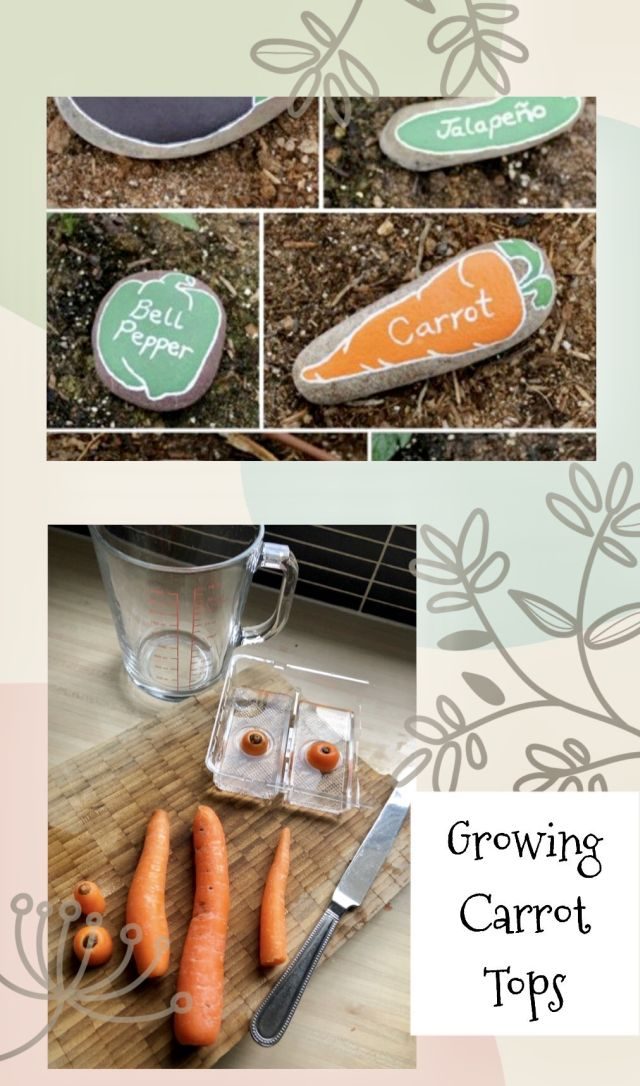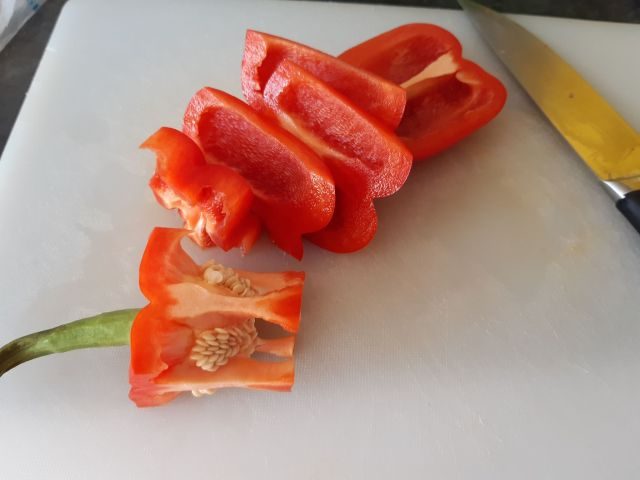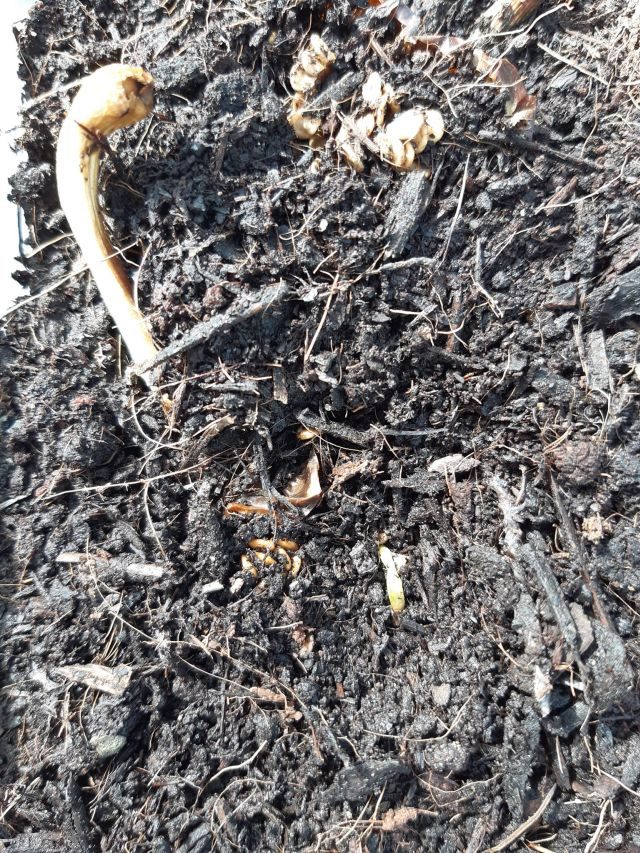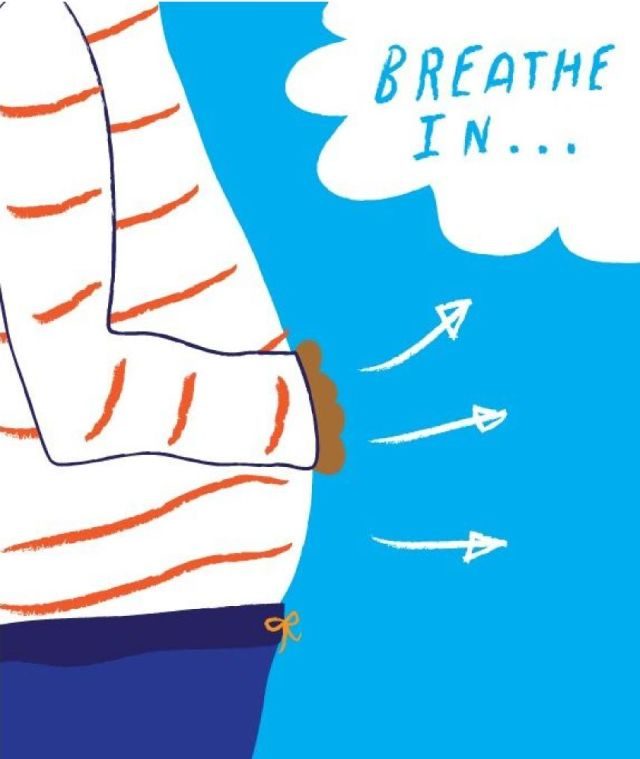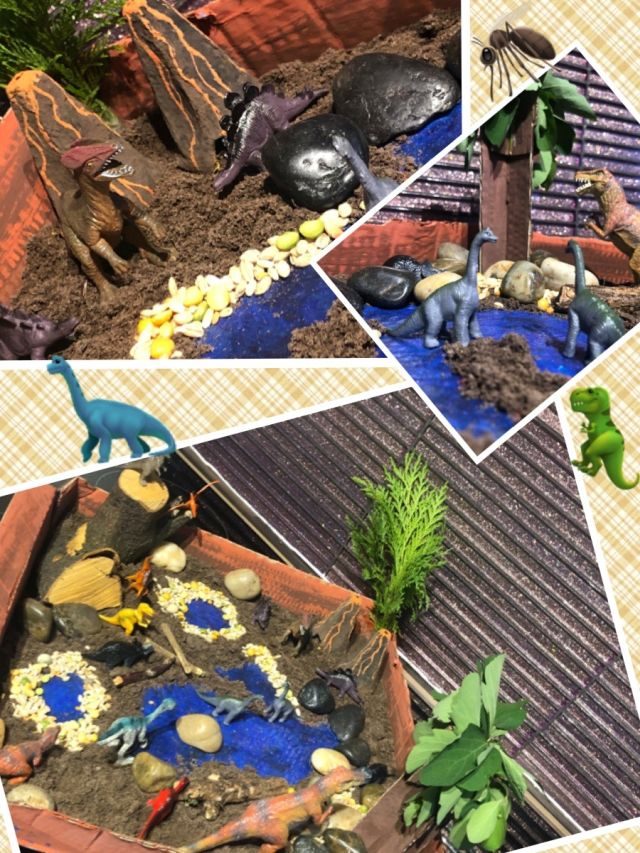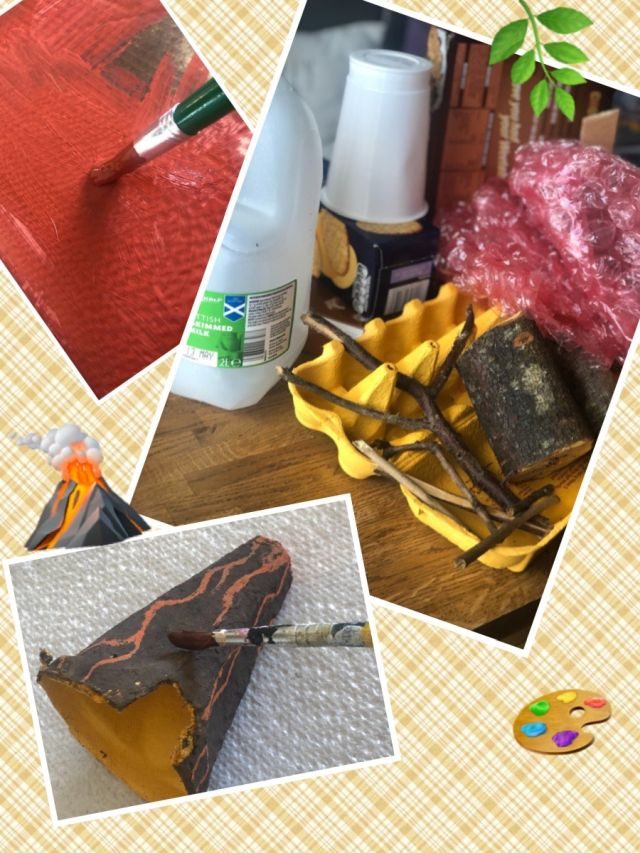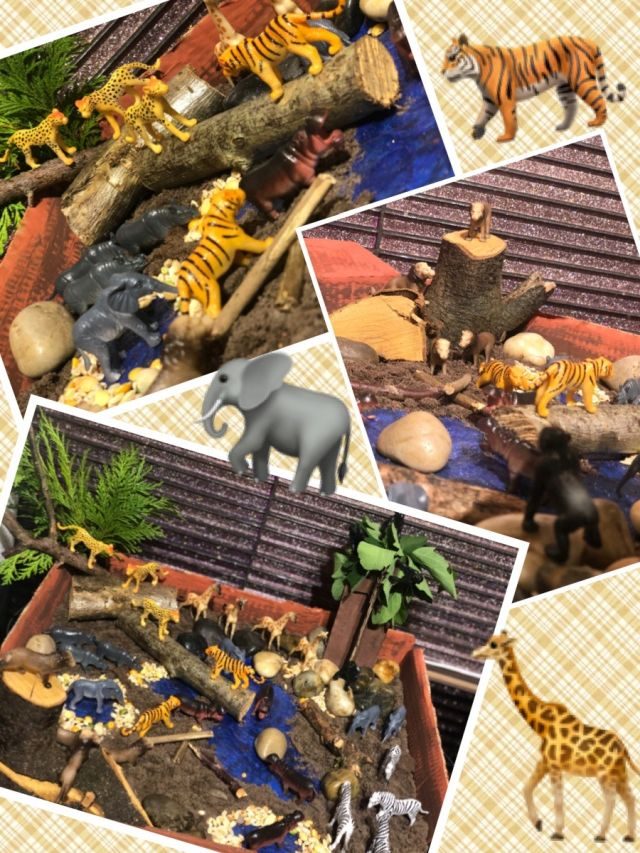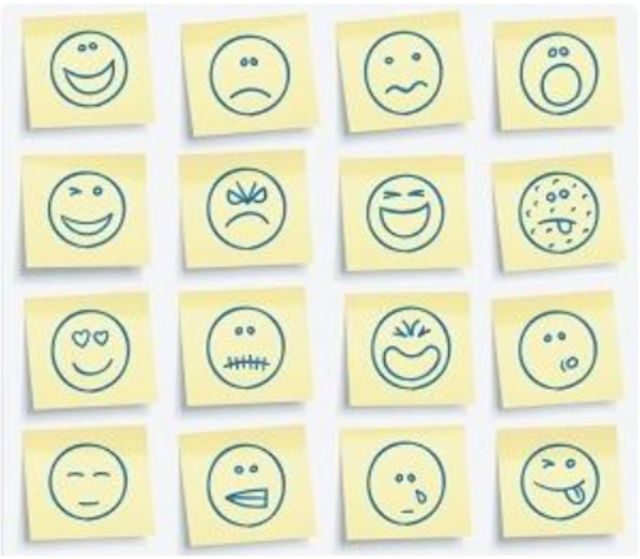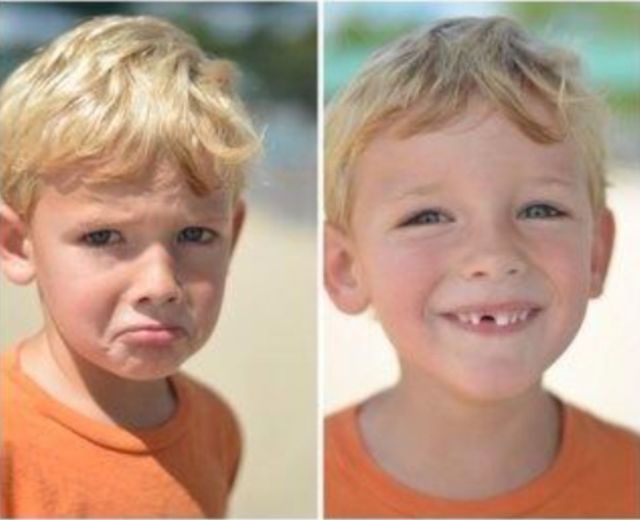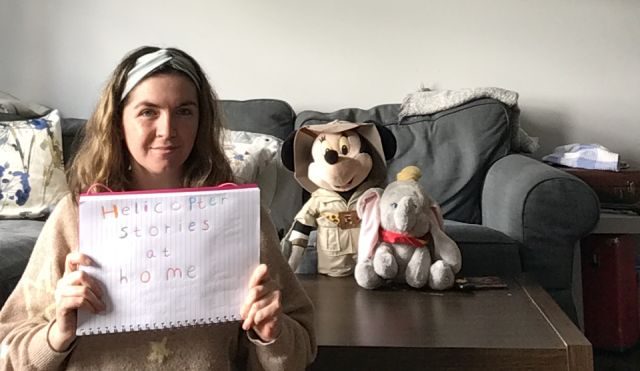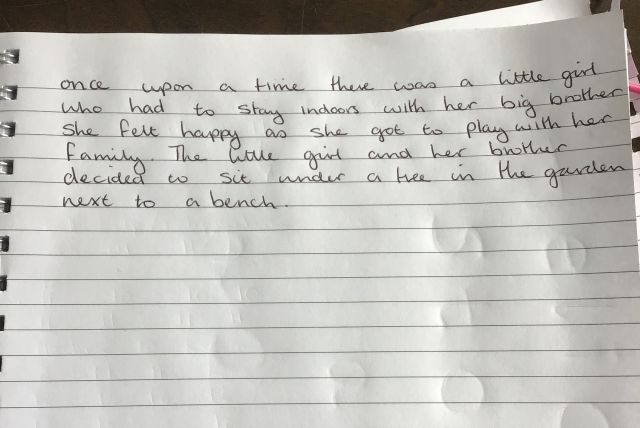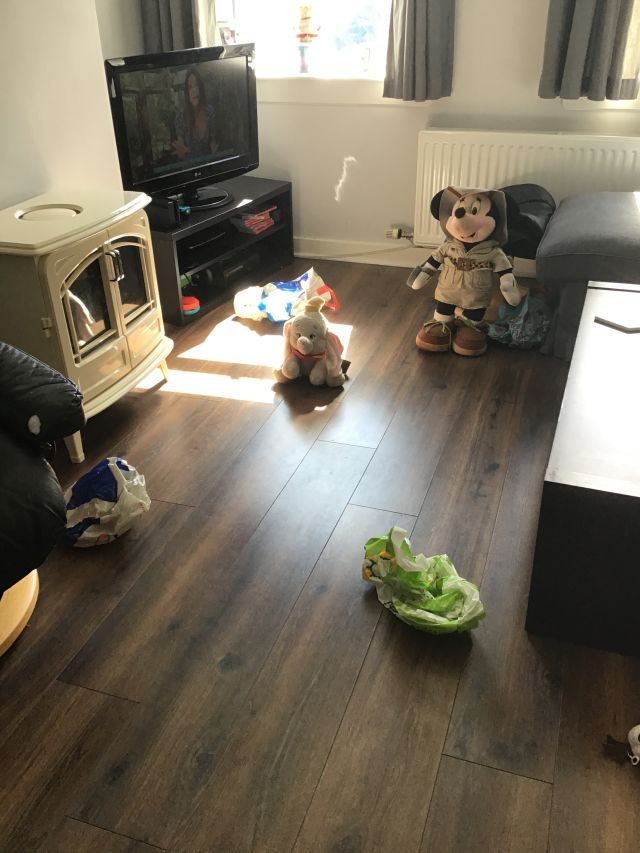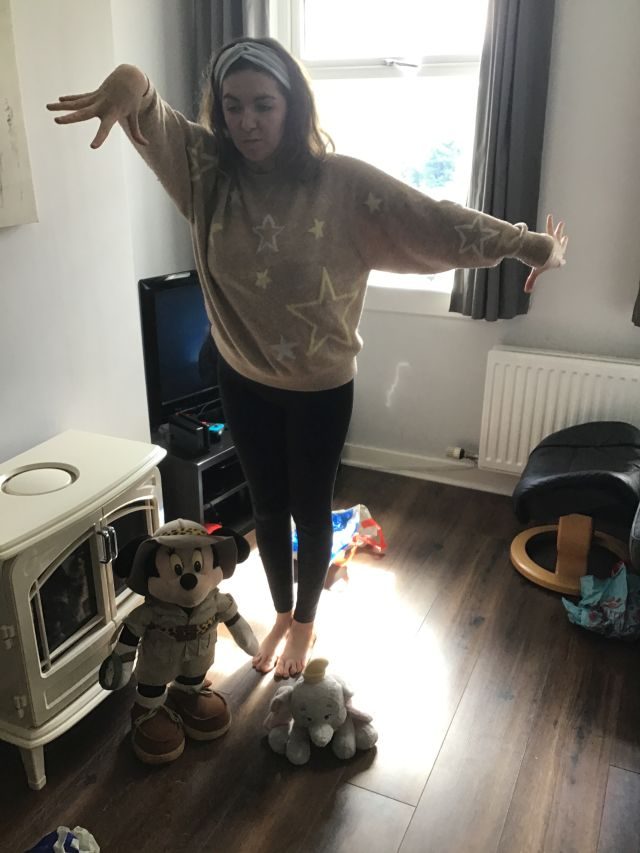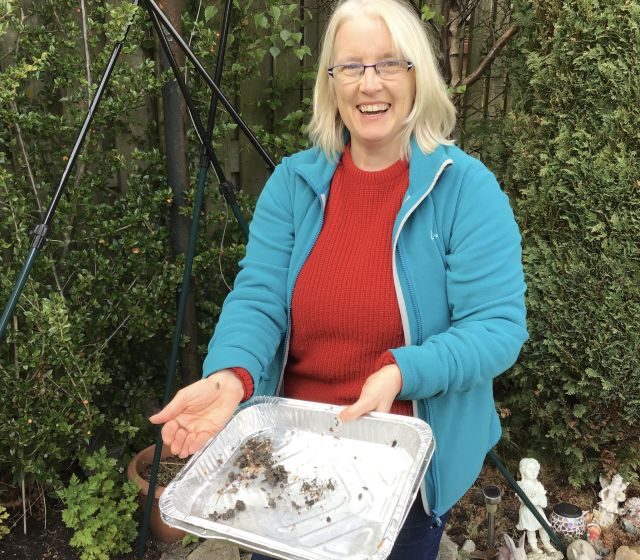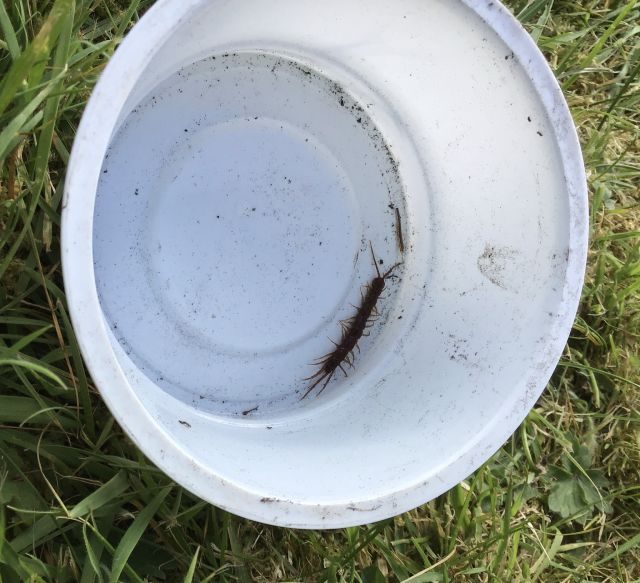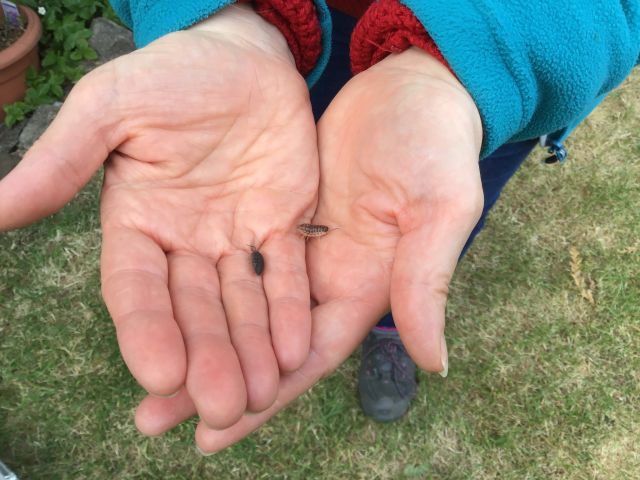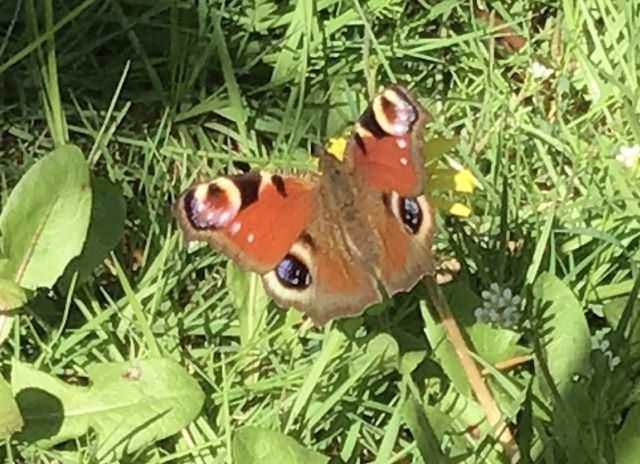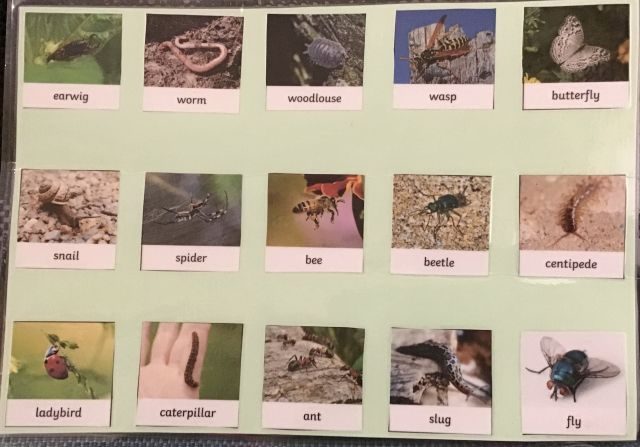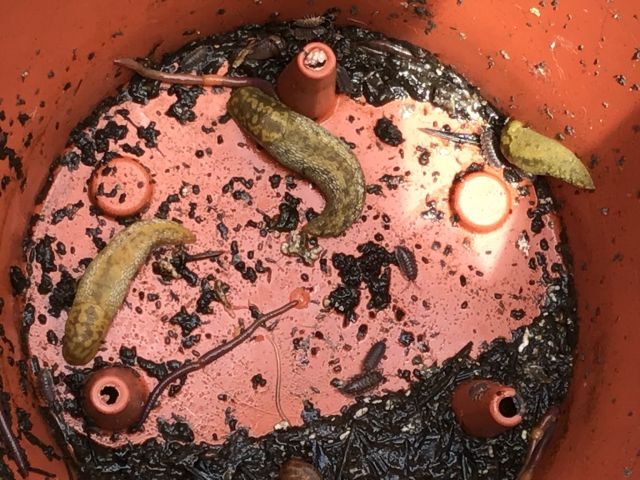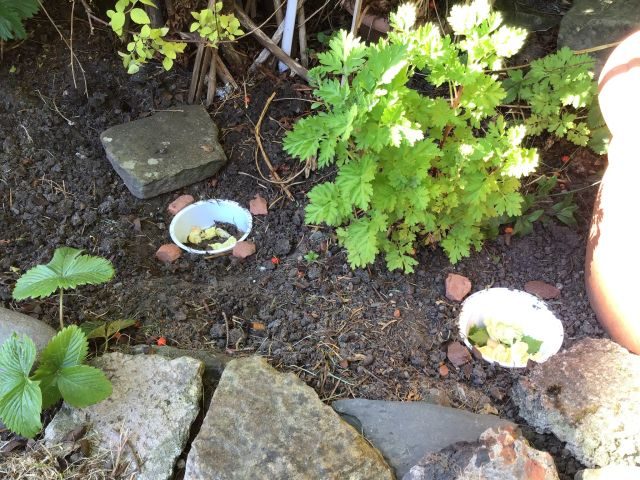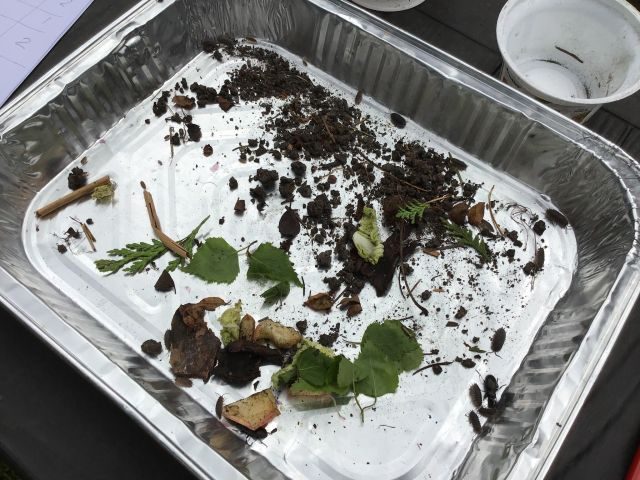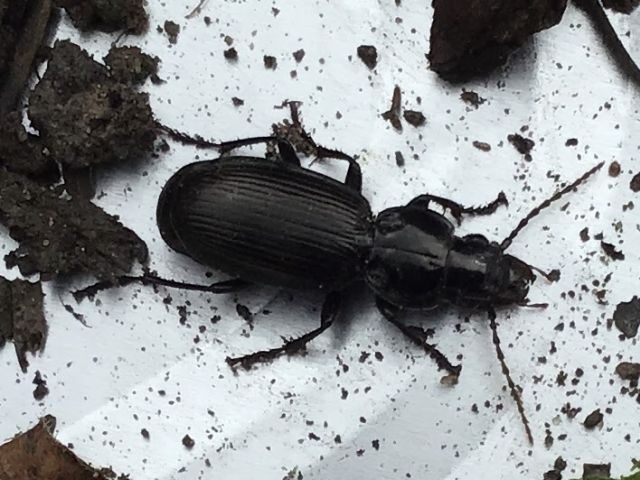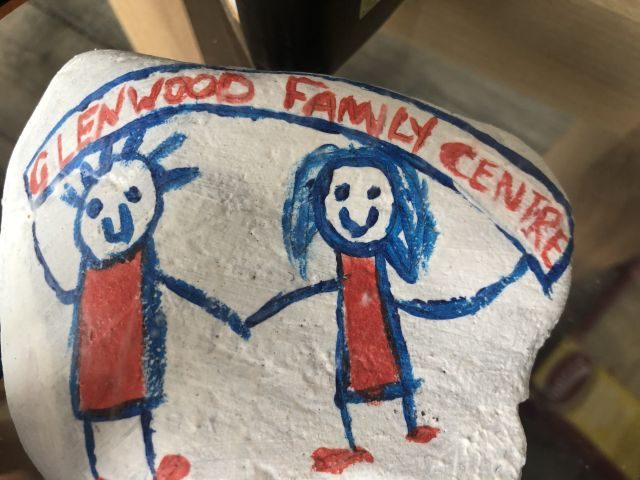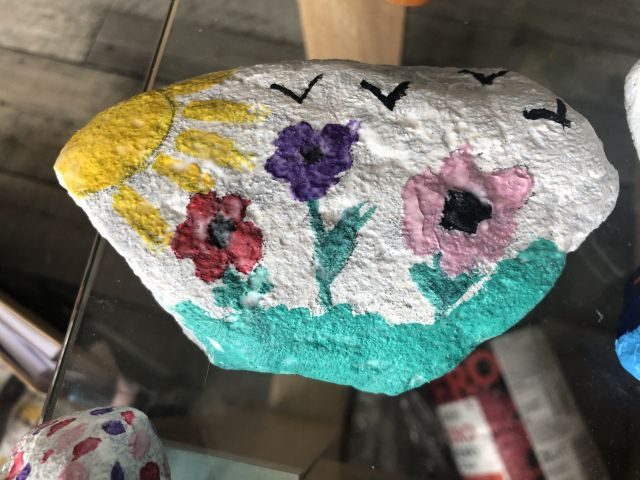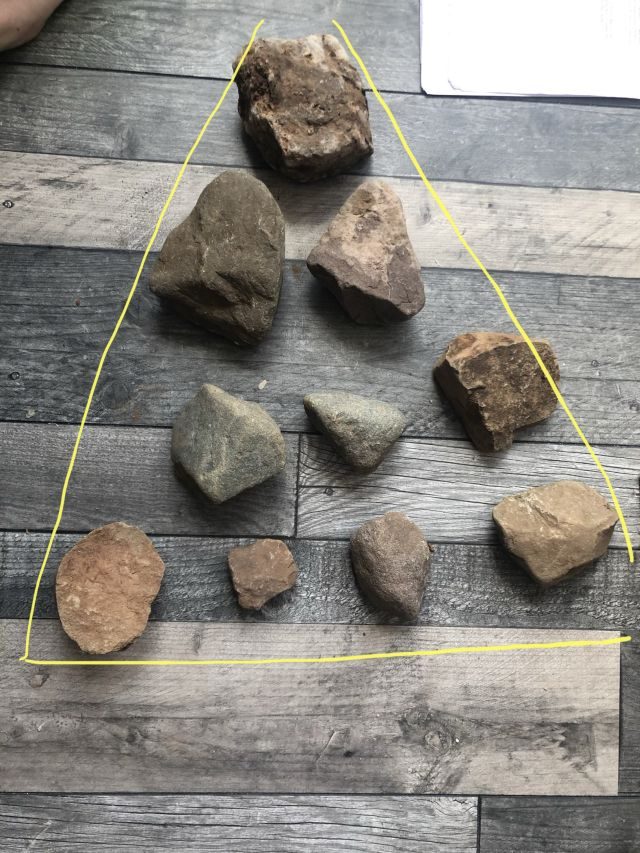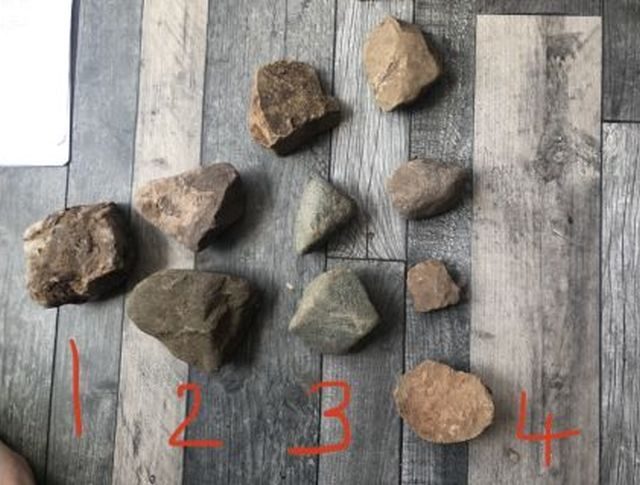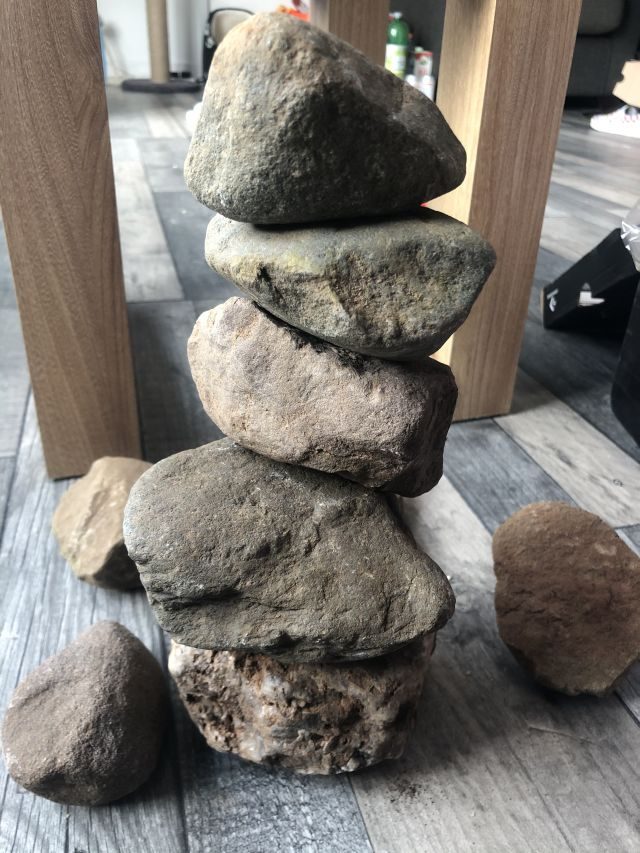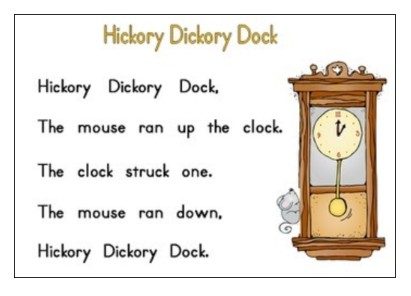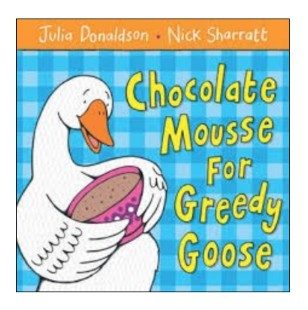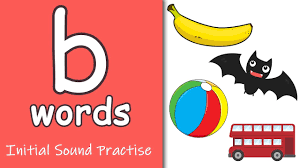Mrs Silvester has been having fun with her recycling again! Here are some ideas of things you could try at home too…
Catapults
 In Mrs Silvester’s house we set out to build our own catapults with things we had around the house to see if we could create our own trajectory devices. Then we built a basketball type game with the catapults.
In Mrs Silvester’s house we set out to build our own catapults with things we had around the house to see if we could create our own trajectory devices. Then we built a basketball type game with the catapults.
Here are some of the things you could use:
- Piece of scrap wood/ cardboard/ice lollipop stick/craft stick
- Wood glue/rubber bands/sticky tack
- Clothes peg/plastic spoons
- Plastic bottle caps
- Cardboard box
- Yogurt pots/containers
- Projectile Ideas (safe for toddlers and preschoolers): peas, pom poms, dandelions (just the flower part)
These were some of the questions the children in my house had, which we were hoping the experiment would answer:
- Which would go further, heavier things or lighter things?
- Does a longer catapult fling the object further?
- Which catapult would work better, the spoon or the lollipop stick?
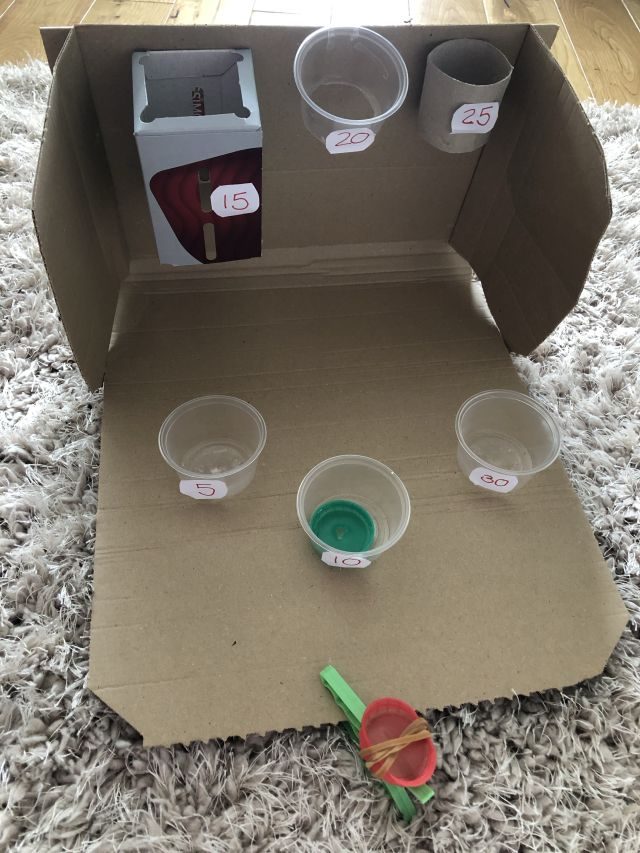
Find more information
https://www.scouts.org.uk/activities/lolly-stick-catapults/
Maze Game
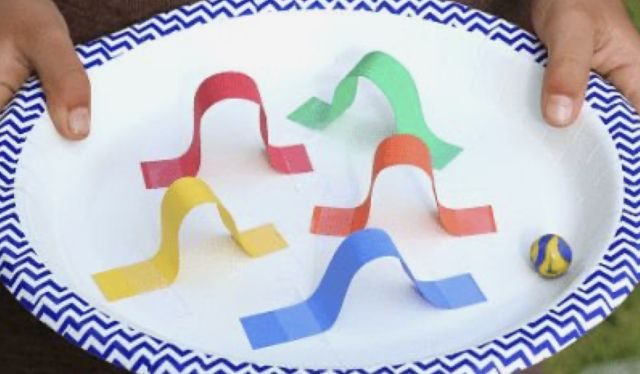 This game was fun to make and is great for building motor skills, concentration, counting and number recognition. Turn a cardboard box or plate into an entertaining ball maze game. This is a great hand-eye coordination game to make and play with reusable materials.
This game was fun to make and is great for building motor skills, concentration, counting and number recognition. Turn a cardboard box or plate into an entertaining ball maze game. This is a great hand-eye coordination game to make and play with reusable materials.
Suggestions of what you could use to make your own Recycled Maze Game:
- Scissors
- Cardboard Box or Plate
- Pencil
- Paper Strips or Cardboard Tubes (Toilet Paper Rolls, Paper towel rolls, wrapping paper tubes, etc.)
- Sticky Tape or Glue
- A bean, marble, scrunched up paper ball or something small that rolls.
Create the Maze
1) Design your maze by placing the tubes or paper strips on the box. Arrange them making sure you leave enough space for free ball travel around the maze.
2) Then attach the tubes or paper strips to your box or plate
3) ENJOY ! ! !
You could try these other ideas for making mazes too.
Here’s a fun song to help remind us of ways to cut down on single use plastic: https://www.bbc.co.uk/iplayer/episode/p0798jzc/junk-rescue-songs-2-single-use-no-thank-you
Don’t forget to share your creations on Google Classrooms or Twitter @GlenwoodFC #Glenwoodlearningathome

